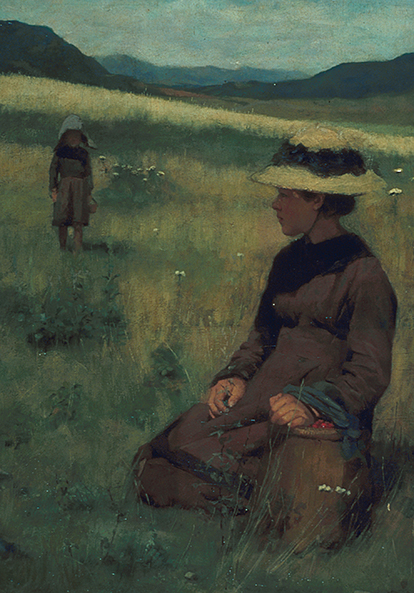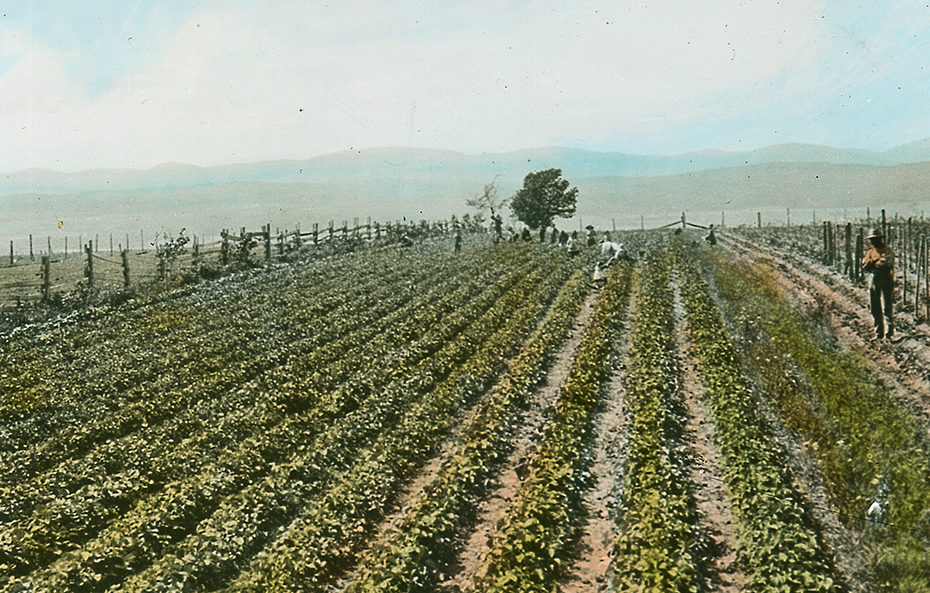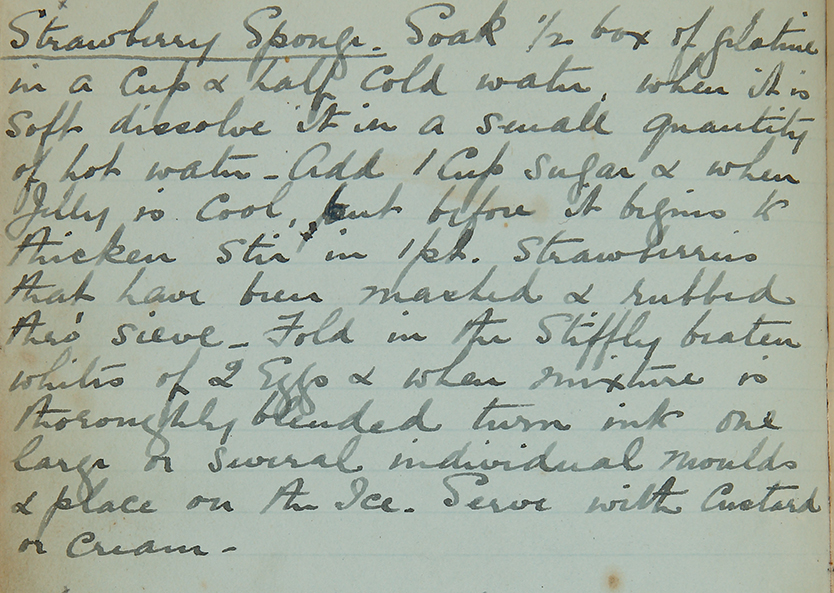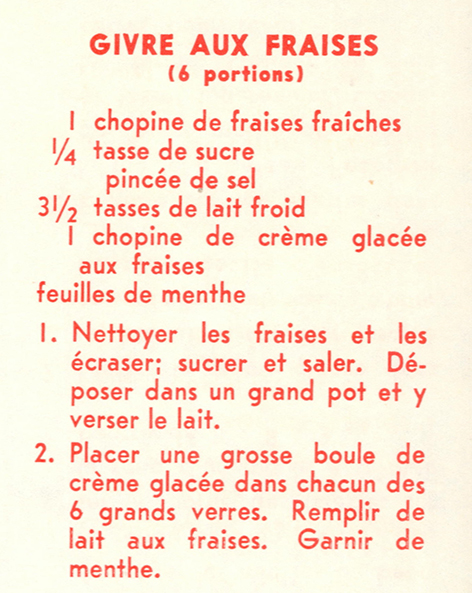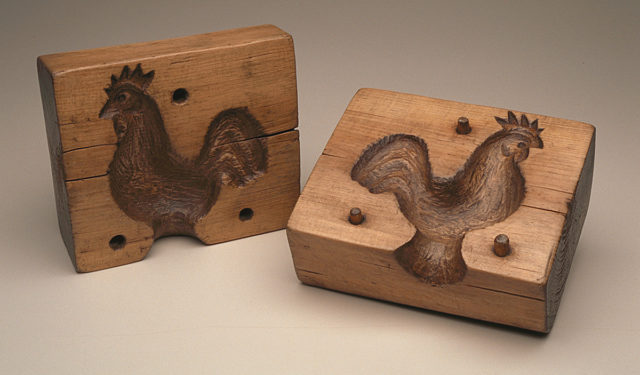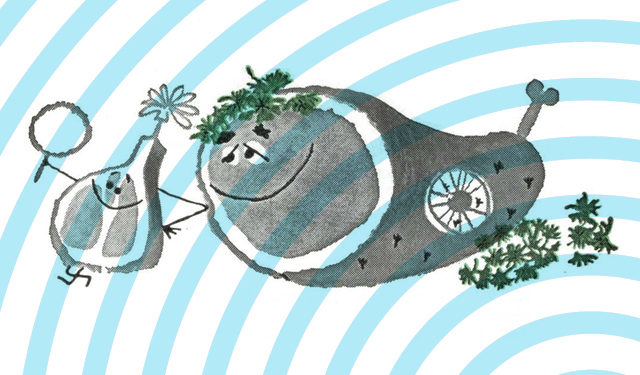Quebec strawberries – A summer delight
The Museum's archives are a veritable treasure trove of old recipes. A look at the history of strawberries and mouth-watering ways to prepare them!
June 13, 2022
The return of summer also marks the arrival of berries—especially strawberries. Whether we gather them ourselves in the wild or at a commercial strawberry farm, or pick up a small basket at the market, strawberries are definitely a summer favourite. While they can be eaten fresh, these lovely red berries are also the key ingredient in many traditional Quebec recipes: a look at the Museum’s Recipes and Food collection uncovers part of this gourmet repertoire!
Well known and appreciated in Europe for centuries, strawberries were also popular among the First Peoples of the St. Lawrence Valley and were found in many places, from Chaleur Bay to the Iroquois villages of the Quebec City region. In the early 17th century, Samuel de Champlain noticed numerous wild strawberry plants along the shores of the St. Lawrence River.
At the same time, explorers brought seeds from these local strawberries back to Europe. Cardinal Francesco Barberini kept a garden near Rome where he grew Canadian strawberries described as having “a spherical shape of an unbelievable size.” However, let us return to this side of the Atlantic.
In the early days, colonists were content to gather strawberries in the woods. In 1664, Pierre Boucher wrote that strawberry plants grew in abundance and that their berries were “larger and better tasting than those in France.” Eaten fresh, they were also made into jams and jellies, which is a convenient way of preserving (and eating!) them well after the summer.
It was not until the 19th century that strawberries slowly began to be cultivated. While some plantations were private—for example, a section of the garden at Château Haldimand, in Quebec City, was planted with strawberries for the governor’s table—others were commercial. Around 1870, farmers on Île d’Orléans began cultivating strawberries.
Public markets were (and still are!) the perfect place to buy strawberries: farmers would come to sell baskets of wild or cultivated berries, along with strawberry preserves, pies and other desserts. Thanks to efficient freezing processes developed in the 1930s, consumers across the province could enjoy this delicious fruit.
Furthermore, several advances in the field of agronomy in the 20th century led to the development of strawberry plants that can grow under different conditions and at other times of year, notably in greenhouses. Nowadays, Quebec grows thirty or so different strawberry varieties.
Clearly, strawberries have been a delicious part of summer in Quebec for centuries! This history has also left its mark on our culinary heritage. Looking through the recipes preserved by the Museum, I found a number of inspiring ways of preparing strawberries.
While strawberry sponge cake is certainly tempting, I would happily try the recipe for strawberry “givré” to offer my guests a pleasant refreshment on hot summer evenings: a mix of strawberries, ice cream and mint, it seems an ideal treat for young and old!
Finally, I would like to finish my quick tour of the Museum’s archives with a little health tip. As we now know, strawberries are a source of many nutrients, notably antioxidants. Just another example of how folk wisdom often has some elements of truth—and one more reason to consume these delicious berries!


